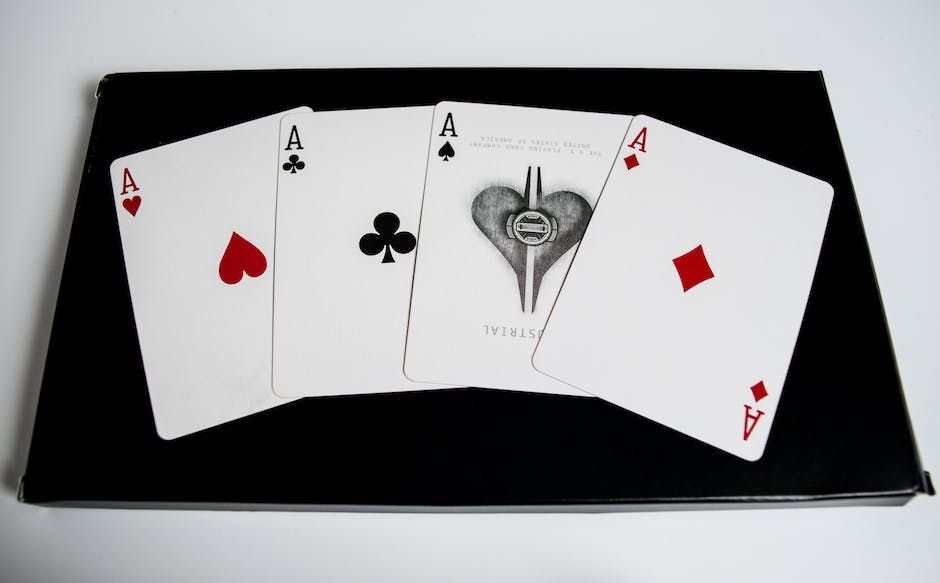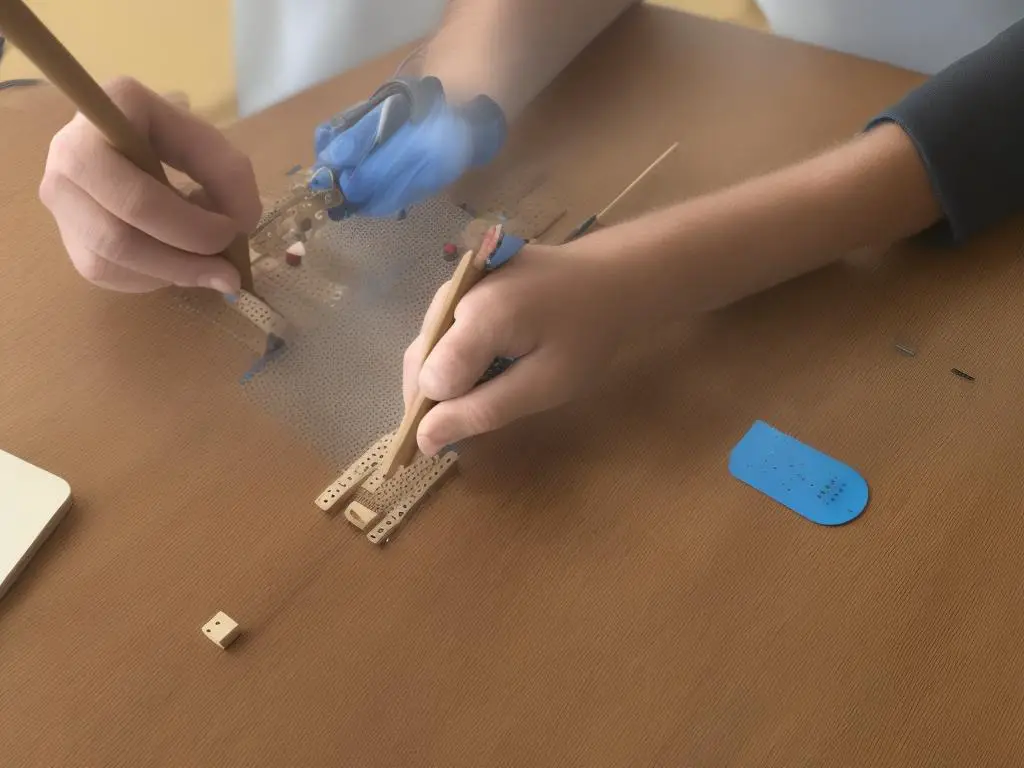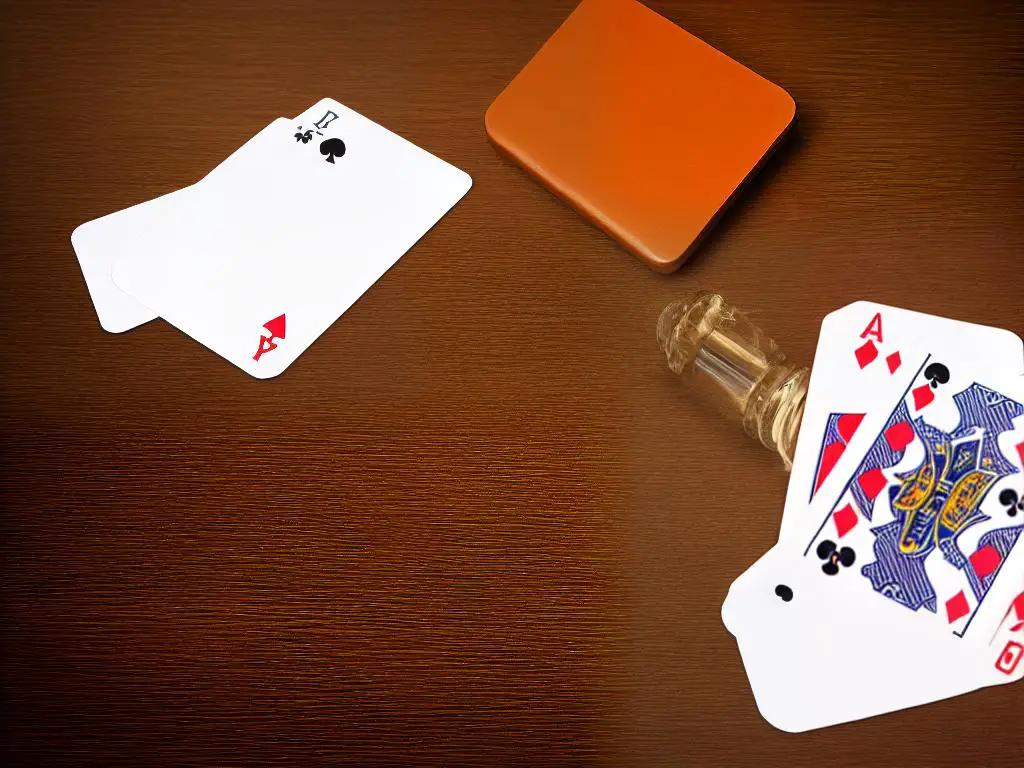Cribbage, a classic card game that dates back to the 17th century, has withstood the test of time and remains a popular choice for game nights and casual gatherings. This engaging game, which combines elements of strategy, skill, and even a bit of luck, offers a unique blend of excitement and mental stimulation for players of all ages and backgrounds. As a newcomer to the world of cribbage, you’ll find that understanding the basic rules and scoring techniques, as well as mastering some key strategies, will greatly enhance your experience and help you become a formidable competitor at the cribbage board.
Understanding Cribbage Rules
Introduction to Cribbage
Cribbage is a popular card game that involves playing and grouping cards to create certain combinations, and it’s played with two to four players. The objective of the game is to be the first player to reach a predetermined number of points, typically 121.
This guide will teach you the basic rules of cribbage, including the objective of the game, the use of the crib, and how points are scored.
What You Need
- A standard deck of cards (excluding the jokers)
- A cribbage board with pegs (used to keep score)
Objective of the Game
The main objective of cribbage is to be the first player to reach 121 points. Players will try to achieve different combinations, such as pairs, runs, and flushes, to earn points throughout the game.
Dealing the Cards
To start the game, the deck is shuffled and each player receives six cards (for a two-player game) or five cards (for a three or four-player game). In a two-player game, each player will choose two cards to put into the crib, while in a three or four-player game, each player will choose one card to put into the crib. The crib is a separate pile of cards that belongs to the dealer. The crib cards are kept face-down and will be scored for the dealer at the end of the round.
The Starter Card
Once the crib cards have been chosen, the non-dealer cuts the deck, and the dealer reveals the top card (called the “starter” or “cut” card). If the starter card is a Jack, the dealer scores two points immediately (known as “His Heels” or “Nibs”).
Playing the Cards
Starting with the non-dealer, players take turns laying down one card face-up. Each successive card laid down adds to the running total of the cards’ pip values (with face cards worth 10 points and Aces worth one point). Players announce the total value of the cards as they play them.
The running total cannot exceed 31. If a player cannot play a card without going over this value, they must say “Go”, and the other player continues to play cards until they also can’t play a card without going over 31. The last player to put a card down scores one point, or two points if the total value of cards equals 31 exactly. The cards are not picked up but remain on the table. The next play starts at zero, and players again take turns laying down cards using the same rules.
Scoring Points
Points can be scored during both the play and the show (scoring phase). The following combinations score points:
- Go: Last player to put a card down scores one point (or two points if the cards’ total value is 31).
- Pair: Two cards of the same rank score two points.
- Triple: Three cards of the same rank score six points.
- Four-of-a-kind: Four cards of the same rank score twelve points.
- Run: A sequence of three or more consecutive cards (regardless of suit) earns one point per card.
- Flush: Four cards of the same suit (excluding the starter) score four points, with an additional point scored if the starter is also of the same suit.
The Show
After the play is completed, players move on to the scoring phase. Starting with the non-dealer, each player shows their hand, scoring points for any combinations they have made, in addition to any combinations that can be made using the starter card. The dealer then scores the crib (including the starter card) in the same manner.
Winning the Game
The first player to score 121 points wins the game. If both players reach 121 points at the same time, the player who scored during the play phase wins.
Now that you have a grasp of the basic rules of cribbage, grab a deck of cards and a cribbage board, and enjoy playing this classic card game with your friends and family!

Cribbage Scoring Techniques
Introduction to Cribbage Scoring Techniques
Cribbage is a classic card game that involves creating different card combinations to score points. To become a skilled cribbage player, you must familiarize yourself with the scoring techniques. In this guide, we will discuss different card combinations to score points, including pairs, runs, and flushes.
Cribbage Scoring Basics
Before diving into specific techniques, let’s review a few scoring basics. In cribbage, scoring happens during the following stages:
- The play: As players lay down cards, certain combinations will earn points.
- The show: After the play, each player presents their hand, and additional points are awarded.
Card values in cribbage are as follows:
- Aces are worth 1 point.
- Cards 2 through 10 are worth their face value.
- Face cards (Jack, Queen, and King) are worth 10 points each.
Remember that the goal is to reach 121 points using a combination of different scoring techniques.
Pairs, Runs, and Flushes in Cribbage
Pairs
A pair in cribbage consists of two cards with the same rank (e.g., two 5s). Pairs are worth 2 points. Three-of-a-kind is considered as three different pairs and is worth 6 points, while a four-of-a-kind is considered as six different pairs and is worth 12 points.
Runs
A run in cribbage refers to a sequence of three or more consecutive cards, regardless of their suit (e.g., 3-4-5-6). A three-card run is worth 3 points, a four-card run is worth 4 points, and so on. If a hand contains multiple runs, each run is counted separately, and their points are added together.
Flushes
A flush in cribbage occurs when all four cards in a player’s hand are of the same suit. A flush is worth 4 points. If the starter card (the card turned face up before the play begins) also belongs to the same suit as the hand’s cards, the flush is worth 5 points.
Additional Scoring Opportunities
Fifteens
Any combination of cards in your hand totaling exactly 15 points earns 2 points.
Nobs
The nobs (short for “knave” or “jack”) is a bonus point awarded for having a jack of the same suit as the starter card in your hand. It is worth 1 point.
Scoring During the Play
As players lay down cards during the play, there are additional scoring opportunities:
- If a player reaches an exact total of 15 or 31 by laying down a card, they score 2 points.
- Each time a pair, a run, or a sequence is created during the play, points are awarded for that combination.
- If the last card played does not make 31 but no other card can be played without exceeding 31, the last player to lay down a card scores 1 point for the “go” or “last card.”
In Summary
Understanding these scoring techniques — pairs, runs, flushes, fifteens, and nobs — will improve your cribbage skills and enhance your enjoyment of the game. Practice these techniques during games to become more proficient and turn yourself into a formidable cribbage opponent.

Cribbage Strategies
Introduction
Cribbage is a classic card game that combines strategy, skill, and a bit of luck. Played with a standard deck of 52 cards and a cribbage board, the game’s objective is to be the first player to score 121 points. In this guide, we will explore various strategies to improve your cribbage play, including card discarding, pegging, and anticipating opponent moves.
Card Discarding Strategy
Card discarding is a crucial aspect of cribbage, as it determines the cards that go into the crib and those that remain in your hand. The goal is to maximize your hand’s scoring potential while minimizing that of the crib, especially when it belongs to your opponent. Here are some tips for effective card discarding:
- Retain pairs, runs, and fifteens: When possible, keep pairs, consecutive cards (runs), and cards that make a total of 15, as these combinations score points.
- Avoid leaving valuable cards for your opponent’s crib: When it’s your opponent’s turn to claim the crib, discard low-value or non-scoring cards. For example, avoid giving away a 5-card which, when paired with face cards, can contribute to a score of 15.
- When the crib is yours, try to enhance its scoring potential: Discard cards that are likely to form scoring combinations, such as consecutive cards or cards that add up to 15.
Pegging Strategy
Pegging is the process of playing cards in alternating turns, aiming to score points immediately during this phase. Effective pegging can help bolster your overall score and keep you ahead of your opponent in the race to 121 points. Consider these pegging strategies:
- Play low-value cards first: Starting with lower-value cards can improve your chances of scoring a 15 or a run, as your opponent is more likely to play a higher-value card.
- Recognize opportunities to score points: Be aware of potential scoring combinations, such as pairs, runs, and fifteens when deciding on the next card to play.
- Deny your opponent scoring chances: Anticipate your opponent’s possible plays and aim to block their scoring potential. For example, if you suspect your opponent holds a 5-card, play a card that won’t result in a 15-point score.
- Take note of cards that have been played: This will help you make more informed decisions about which cards to play next, increasing your chances of scoring points and pegging effectively.
Anticipating Opponent Moves
Being able to read your opponent and predict their moves is a valuable skill in cribbage. Consider these strategies when trying to anticipate your opponent’s actions:
- Pay attention to their discards: By observing the cards your opponent discards to the crib, you can gain insight into their hand’s composition and potential scoring combinations.
- Take note of their pegging plays: Your opponent’s pegging choices can offer clues about the cards they hold and their strategy for the current round.
- Remember the cards already played: Keeping track of played cards can help you guess which cards your opponent might have left in their hand, assisting in making informed decisions during the pegging phase.
- Adapt to your opponent’s playstyle: Every player has unique strategies and habits. Identify patterns in your opponent’s gameplay and adapt your tactics to exploit potential weaknesses.
Conclusion
Cribbage is a game that requires a balance of skill, strategy, and luck. By focusing on effective card discarding, mindful pegging, and anticipating your opponent’s moves, you can significantly improve your chances of victory and elevate your cribbage gameplay. Remember that practice and experience are also key factors in mastering this classic card game.

So whether you’re looking to add a new card game to your repertoire, or seeking a fun and mentally stimulating pastime to enjoy with friends and family, cribbage provides ample opportunity for both competition and camaraderie. With a solid grasp of the basic rules, scoring techniques, and an understanding of valuable strategies, you will be well-equipped to join the ranks of countless cribbage enthusiasts. So grab a deck of cards, a cribbage board, and an opponent – and let the rewarding journey to cribbage mastery begin!
For more great card games, check out this page here!